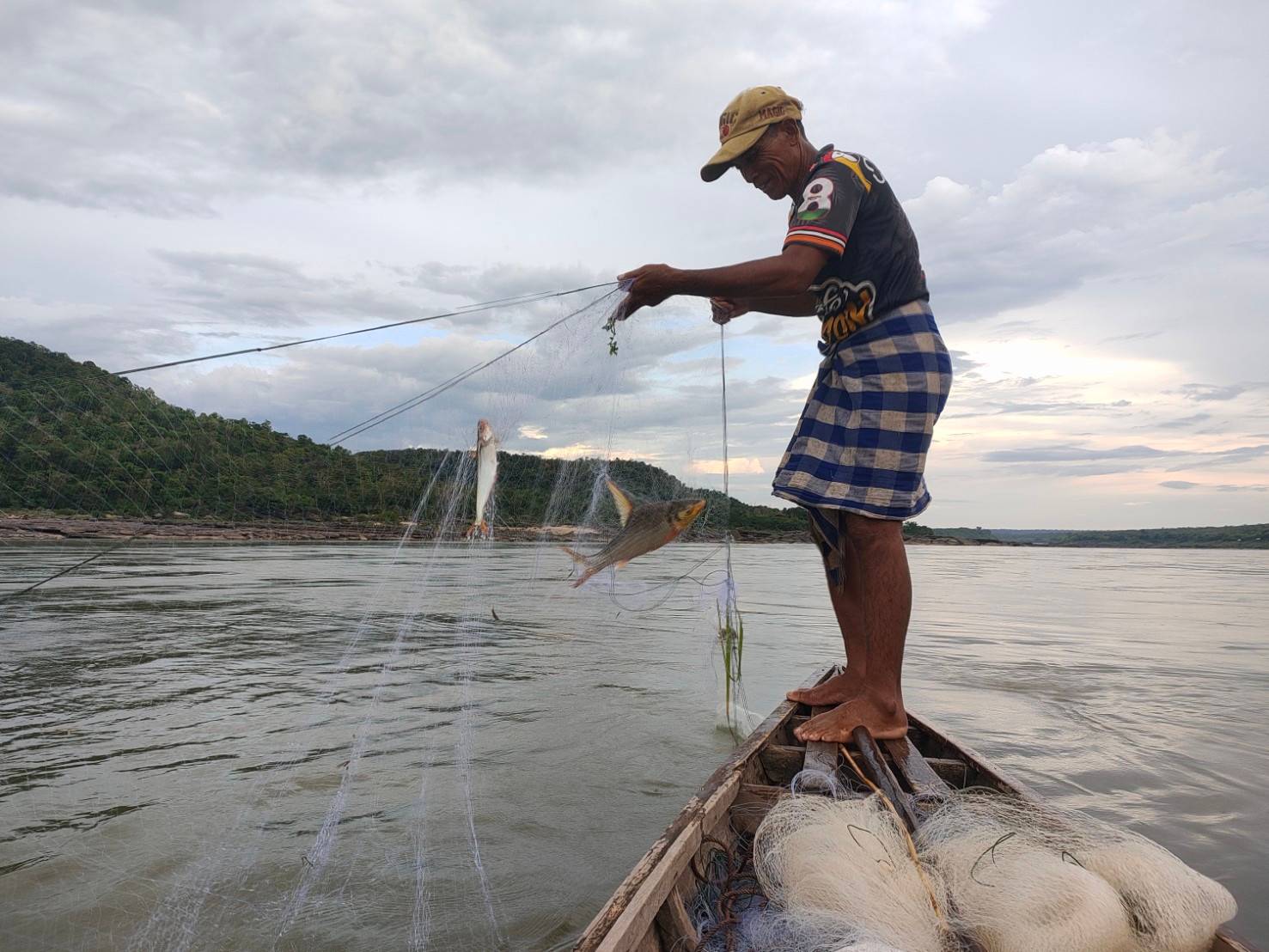
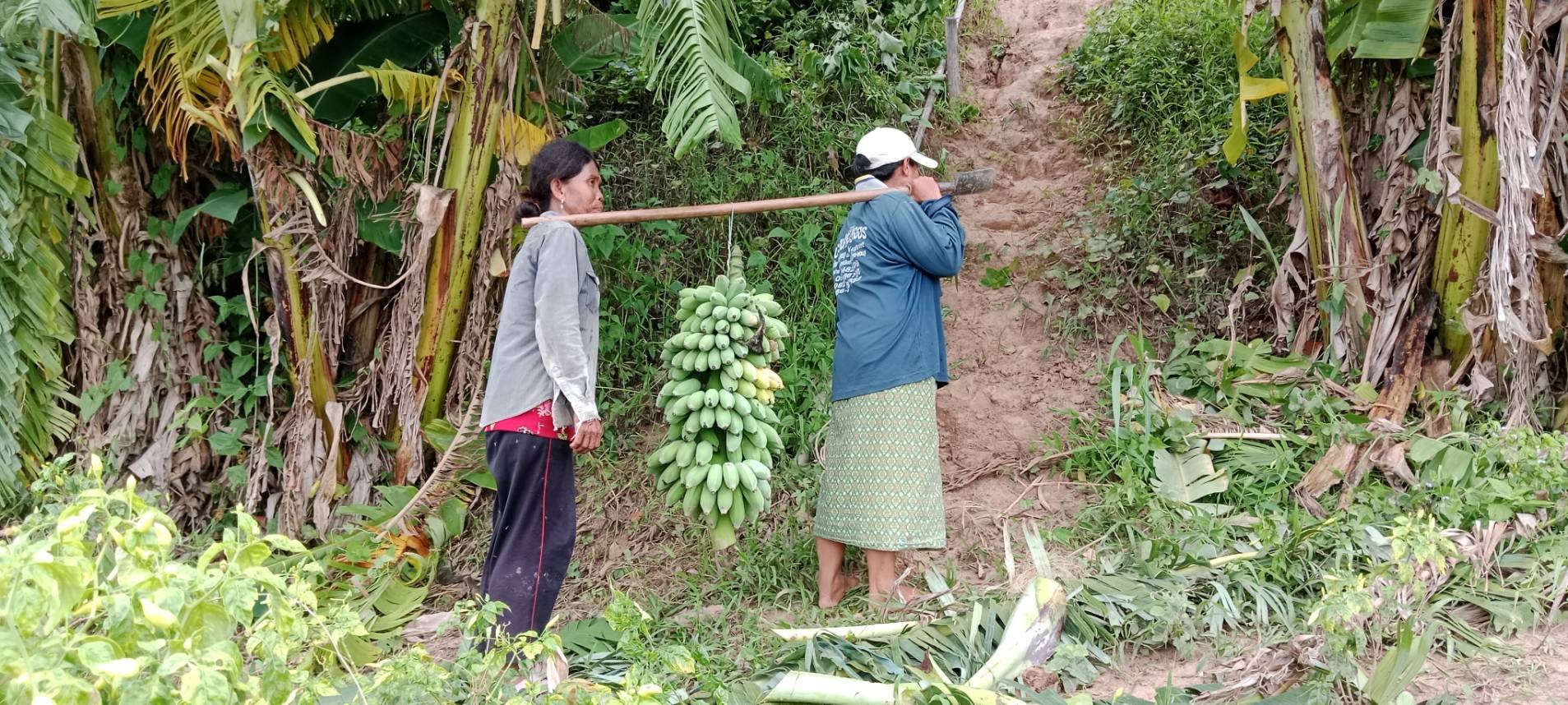
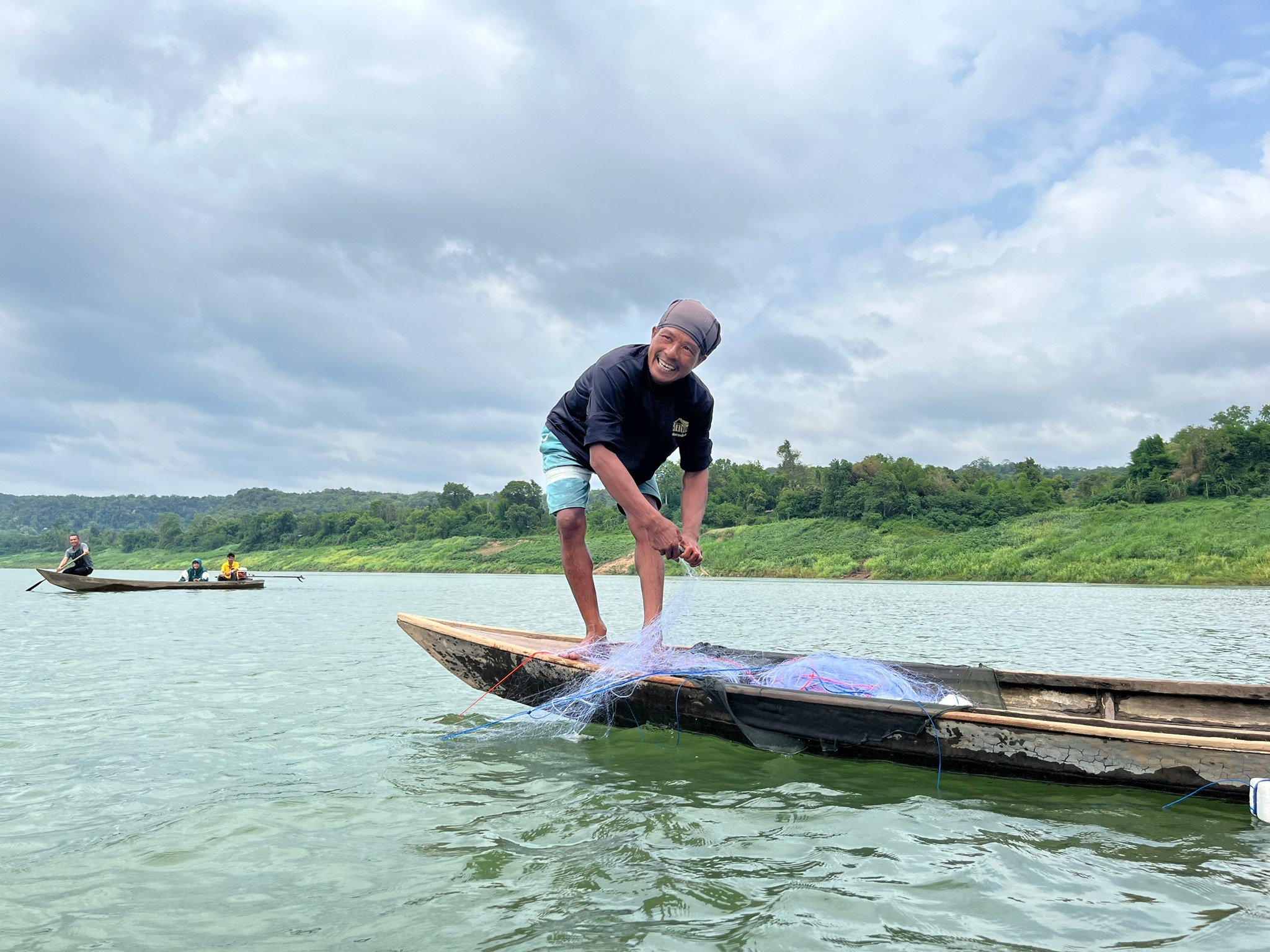

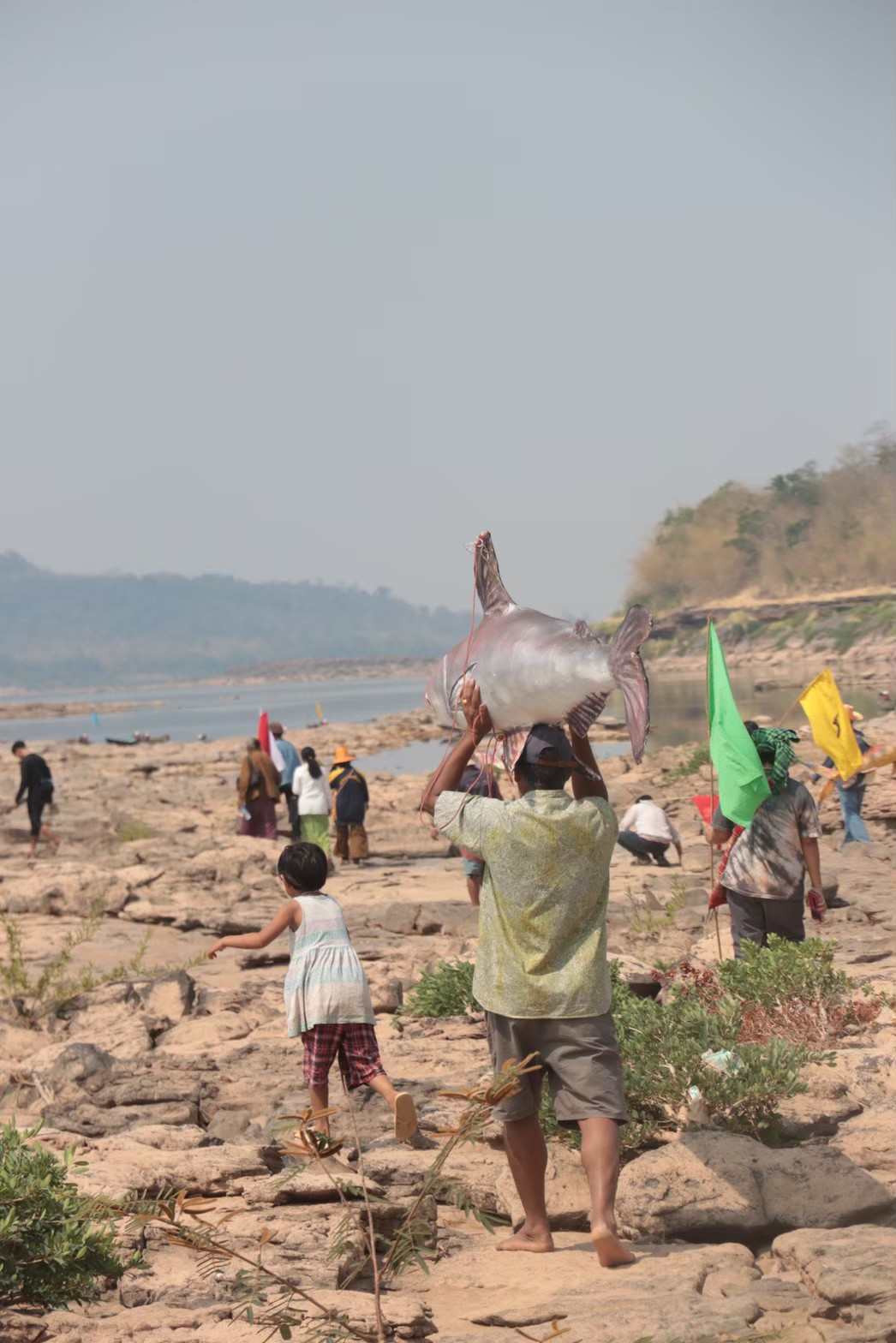


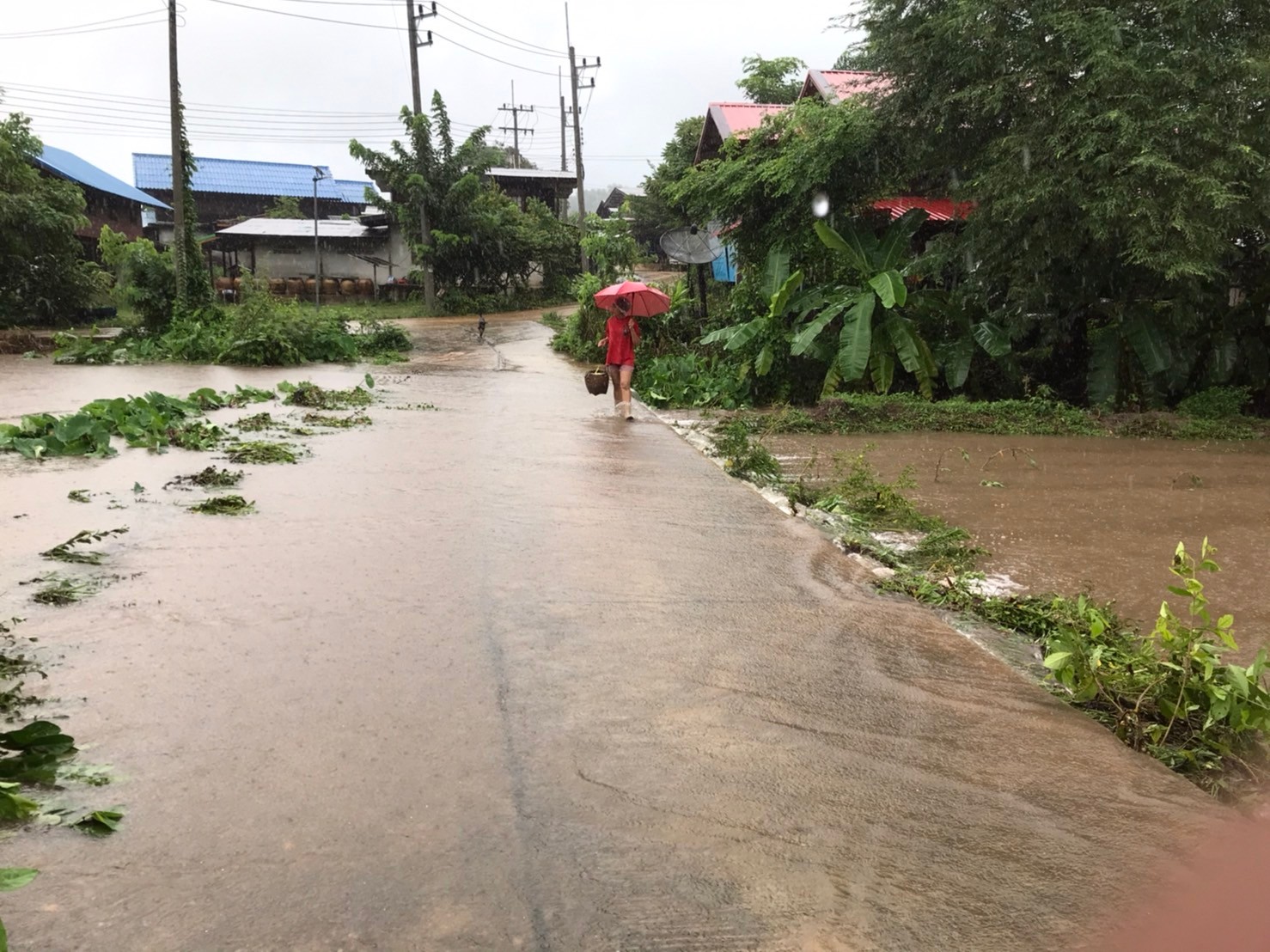
Photovoice is a participatory research method that uses photography to highlight voices within communities, especially those often unheard. Developed in the 1990s for community health research, it empowers individuals to document and share their experiences around social issues, fostering co-creation of knowledge. Today, affordable digital tools make Photovoice a powerful way to communicate grounded perspectives on equity and social change.








The project
Together with Mekong Sub-region Social Science Resarch Centre of the University of Ubon Rachathani, Swedwatch co-designed Mekong Photovoice. The initiative brought together a group of community members from five villages in Northeast Thailand located in the Lower Mekong River Basin that are affected by cascade of hydropower projects.
During January 2023 and February 2024, a group of eleven community members from five villages joined the Mekong Photovoice intiative to document their everyday life using mobile phones. Throughout the year community members participated in Photovoice training, community workshops and stakeholder dialouges facilitated by the Mekong Sub-region Social Science Research Centre.


